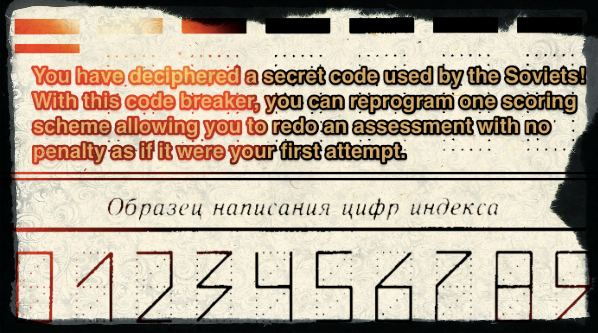Myth Busters: Summer Slide and The Loss of Learning
So I had this great evil plan to destroy the confidence of my grade 12 IB Biology students on the first day of school today ... with the intention of developing great strategies to start the year of course :-) My 12th graders had returned from a very restful summer filled with very little biology revision (I suspect). It is crunch time, the final stretch before their exams in May, so I decided to start class with an activity to show them how little they remember from their first year of IB. I divided them into two groups and assigned them to two white boards. No smart phones, no computers, no syllabus, no prompts...just their collective bank of memories that were formed back in January of this year. One group was told to diagram everything that happens in respiration (aerobic and anaerobic) outside of the mitochondria, and the other group was instructed to diagram everything that happens inside of the mitochondria during respiration. I then loaded up a couple of the videos they had produced in an activity I had them do last year as a comparison of what they knew then to what they know now. Turns out the answer was almost everything. One group had zero mistakes, and the other had only one error in the sequencing of two of biochemical steps in glycolysis. They remembered all of the terms, were able to distinguish reduced molecules from oxidized ones, and accurately described all of the products for all of the stages in both anaerobic and aerobic respiration. Here is one of the drawings produced.
Now in the past this had been a foolproof plan...but then last year, I approached the teaching of the material differently than before. When planning the unit on Cellular Respiration, I paid careful attention to the type of activities that I had the students engage in along with the sequence and spacing of exposure to the content according the current neuroscience research on memory retention. Eric Jensen recommends the following strategy for content exposure to maximize retention in his book, Teaching with the Brain in Mind:
By following Jensen's schedule of learning exposure combined with the use of collaborative multimedia learning activities, particularly this one, I have to put this one in the win column. We reviewed a couple of the videos that my students created for this assessment, and were surprised to find that one of them had over 650 views! Even better, one of the students claimed that she was probably responsible for 100 of them while she was reviewing for her final, and it wasn't even her video! I will definitely be rethinking my plan for teaching photosynthesis over the next couple of weeks. It is pretty awesome walking away from day feeling this optimistic! Maybe that other shoe won't drop!












